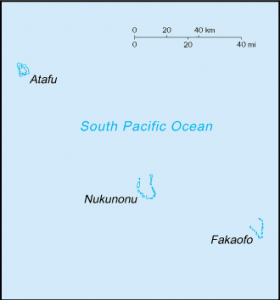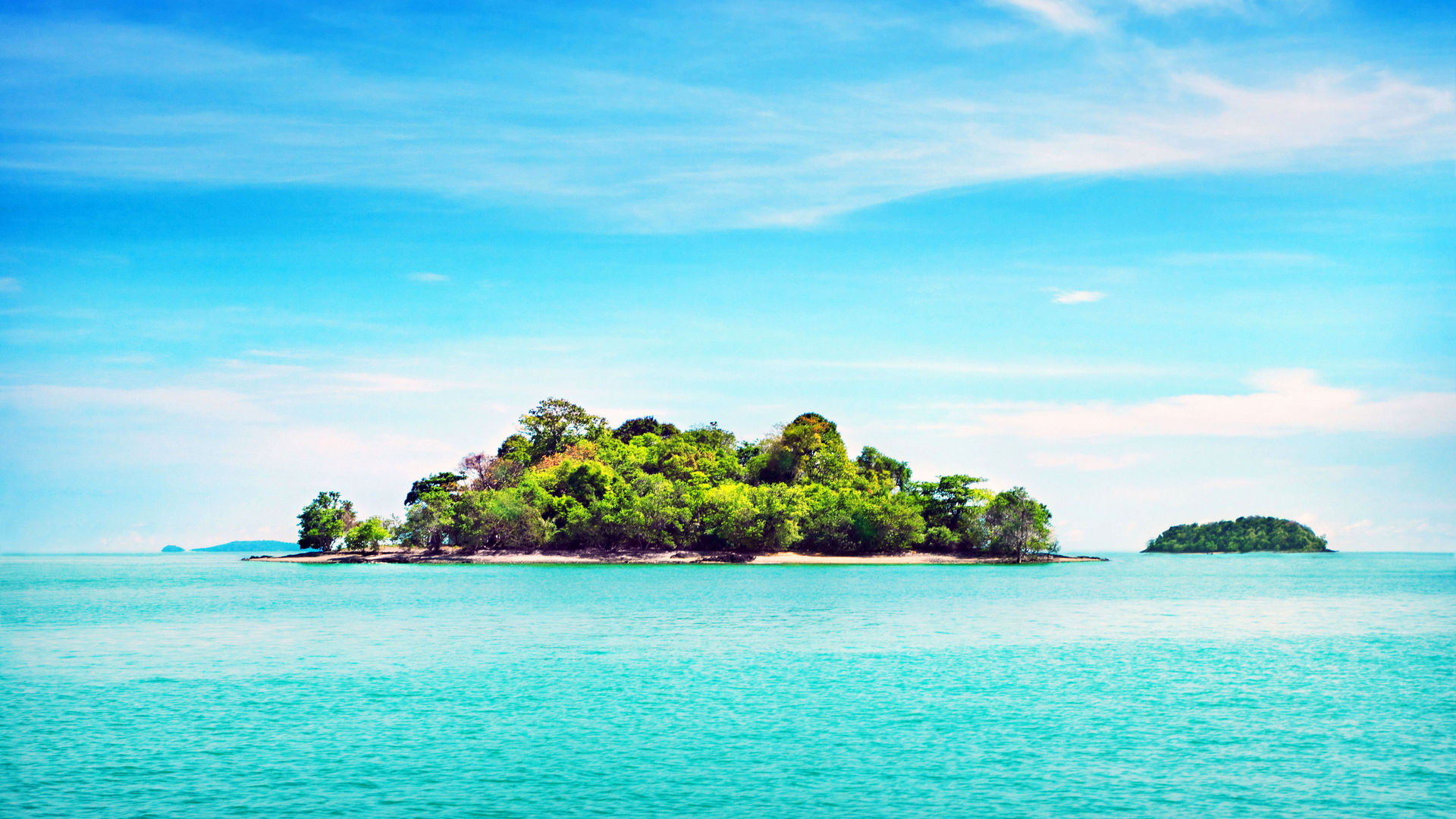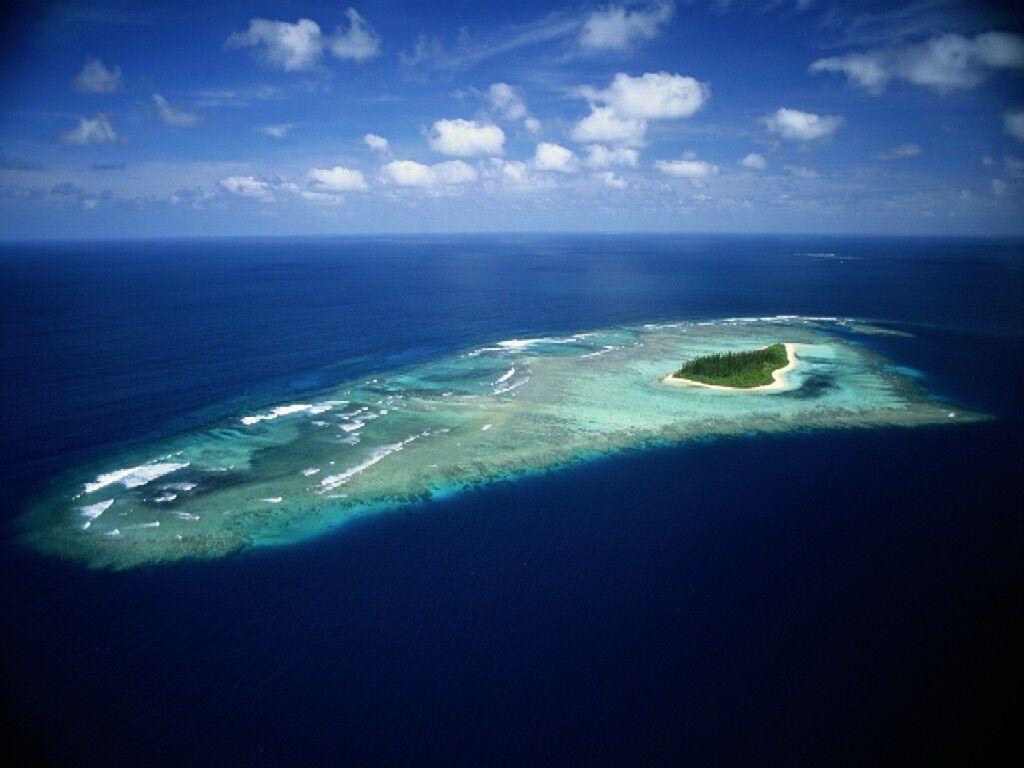
| Official name | Tokelau |
| Name in local language | Tokelau (en) |
| Continent | Oceania |
| Subcontinent | Oceania |
| Population (ranking: 248e) | 1,556 inhabitants (2019) |
| Population growth | 1.25 % / year |
| Area | 10 km² |
| Density | 155.60 inhabitants / km² |
| GDP (ranking: 242e) | 0.010 billions $USD (2016) |
| GDP/capita (ranking) | 6,275 $USD (2016) |
| GDP growth | 17.28 % / year (2016) |
| Life expectancy (ranking) | 69.00 years (2015) |
| Birth rate | 19.40 ‰ (2016) |
| Fertility rate | 3.80 children / woman (2016) |
| Death rate (ranking) | 7.00 ‰ (2016) |
| Infant mortality rate (ranking) | 31.00 ‰ (2015) |
| Literacy rate | 96.75 % (2016) |
| Official languages | English, Tokelauan |
| Currency | New Zealand dollar ($ NZD) |
| HDI (ranking: 121e) | 0.750 / 1 (2008) |
| EPI (ranking) | 0.00 (2018) |
| Government | Constitutional monarchy, Dependent territory of New Zealand |
| Head of State | Queen Elizabeth II |
| National Day | 6 February (Waitangi, treaty establishing British sovereignty over New Zealand, 1840) |
| ISO Codes | TK, TKL |
| Demonym | Tokelauan |

Tokelau is a territory of New Zealand, located in Oceania. The Tokelau archipelago consists of three Polynesian islands, Fakaofo (2,6 km2), Nukunonu (5,4 km2) and Atafu (2,2 km2), which extend for 170 kilometers in the South Pacific, midway between Hawaii in the United States and New Zealand. Tokelau is located south of Kiribati, north of Samoa, American Samoa and Wallis and Futuna, west of Cook, and east of Tuvalu.

It is one of the smallest territories in the world, and one of the least populated. Due to their very low elevation above sea level, the Tokelau atolls are particularly vulnerable to climate change and rising sea levels.
Most of the Tokelauan population lives in New Zealand (about 7,000 people) and not on the archipelago itself. Many of these migrants will study in New Zealand and then stay to find work.

There is no capital in Tokelau, each island has its own administrative center (villages of the same name as the islands). It is also one of the few territories in the world that does not have an airport. The isolation of the archipelago is strengthened, because the only way to reach this territory is by boat, or seaplane. Tourism is almost non-existent, despite the geographic advantages of the territory.
One of the peculiarities of this archipelago is to be the 4th most obese territory in its adult population in the world, ie about 64% (in 2007).
See all related maps or articles
Urban areas (2016)
| Urban areas | Population |
|---|---|
| Atafu | 541 inhabitants |
| Fakaofo | 506 inhabitants |
| Nukunonu | 452 inhabitants |
See all urban areas
Administrative divisions
| Islands | Population | Area |
|---|---|---|
| Atafu | 541 inhabitants | 2 km² |
| Fakaofo | 506 inhabitants | 3 km² |
| Nukunonu | 452 inhabitants | 5 km² |
